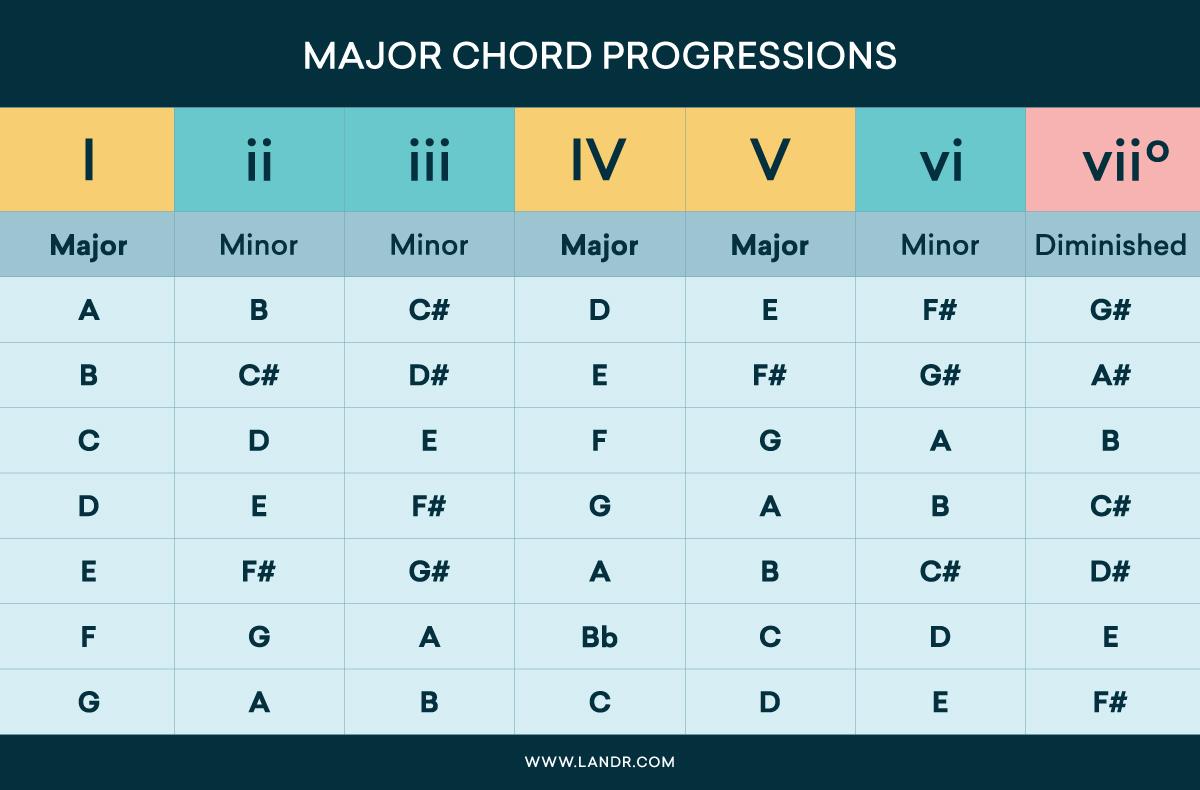Sample-based music might seem as far away from traditional music theory as it gets.
But understanding the basics of theory can help you make better music no matter what tools you use.
Theory can be hard, but the payoff for applying it to your workflow with samples is worth it.
Here are five ear training tips for using your samples better.
1. Get it in key
This is the number one issue for producers when it comes to integrating samples with harmonic content into their tracks.
Depending on your experience with music theory it can be a bit tricky at first, and you’ll have to use your ears to help you.
To get started you’ll need to identify the key of your own track. If you write songs by improvising chords and lines, you might not know the key of your song offhand.
Here’s a pretty big hint: a song normally begins on tonic harmony. That means that first chord in the song can often tell you the key right away!
A song normally begins on tonic harmony.
But to fully close the case you’ll have to watch your harmonic progressions. Listen for the harmonic resting place of the song—the chord that feels the most stable and the most like the “home” of the track.
Then use your Roman numeral analysis to make sure. The most surefire sign that confirms a key is motion from a dominant chord to the tonic chord where a phrase rests.
Watch out for those V-I’s!
Once you’ve determined the key of your track you have to find the sample’s relationship to it.
Here’s where ear training comes in! If your sample is a single note you’ll need to find the interval relationship between the sample and the tonic note of your song’s key.
If you need more practice identifying interval relationships by ear, check out our roundup of ear training apps to develop your skills.
Finally, use your sampler’s transpose function to repitch the sample the correct number of semitones to transpose it to a note in the key of your track.
2. Try out relative keys
Relative keys are related major and minor keys that share the same key signature.
Relative keys are related major and minor keys that share the same key signature.
Every major key has a corresponding relative minor and every minor key has a matching relative major.
That means that a melodic sequence of notes can always work in at least two keys!
Even if your sample has a major melody it could be more interesting over the relative minor—and vice versa.
To find the relative minor of a major key, take the scale with the same key signature that begins on and ends on the sixth degree.
To find the relative major of a minor key, take the scale with the same key signature that begins and ends on the third degree.

And then there’s the modes. If you’re willing to go outside the major scale you can use related scale formulas to move your sampled melodies into different modes!
For example, a C major melody that contains the leading tone (B) playing over an F root is actually F Lydian!
3. Know your diatonic chord qualities
Just because a sample contains a major or minor chord doesn’t mean you’re limited to using it as a tonic chord in a single key (and its relative minor/major).
Major and minor chords both have their place inside a key. These are called the diatonic chords.
Diatonic chords are the chords built on each degree of the scale containing only notes from within the key.
Diatonic chords are the chords built on each degree of the scale containing only notes from within the key.
Here’s a handy chart to remember the order of chord qualities in the major scale:

Looking at the chart it’s easy to see that each key has three major and three minor chords. No matter which key you’re in you’ll have three options for both if you transpose your samples.
4. Make progressions with parallel chords
When you’re working with a sample that contains a chord you might feel a little limited.
Since you can’t change the relationships between notes inside of the sample, you’re forced to stick with what you have.
But that doesn’t mean you can’t create entire progressions based on a single harmonic sample.
Parallel transposition can be an interesting chord technique in itself.
Parallel transposition can be an interesting chord technique in itself.
In fact, there’s lots of examples of classic songs that are built on parallel chords.
It’s a great example of how limitations can sometimes increase creativity!
5. Experiment with rhythm
So far I’ve only been talking about harmony, but there’s just as much theory knowledge dealing with rhythm.
Sampled rhythms don’t need to match up perfectly in blocky chunks. Offset the start and end of percussion grooves to see unique ways they can fit together.

You might even find these alternate rhythmic stresses produce polyrhythms that add considerable interest to dull loops.
Well trained ears
Ear training is one of the most important components of music theory.
The skills you develop through ear training will help you in every musical situation, even when it comes to using samples.
Try these tips the next time your struggling with samples and music theory.